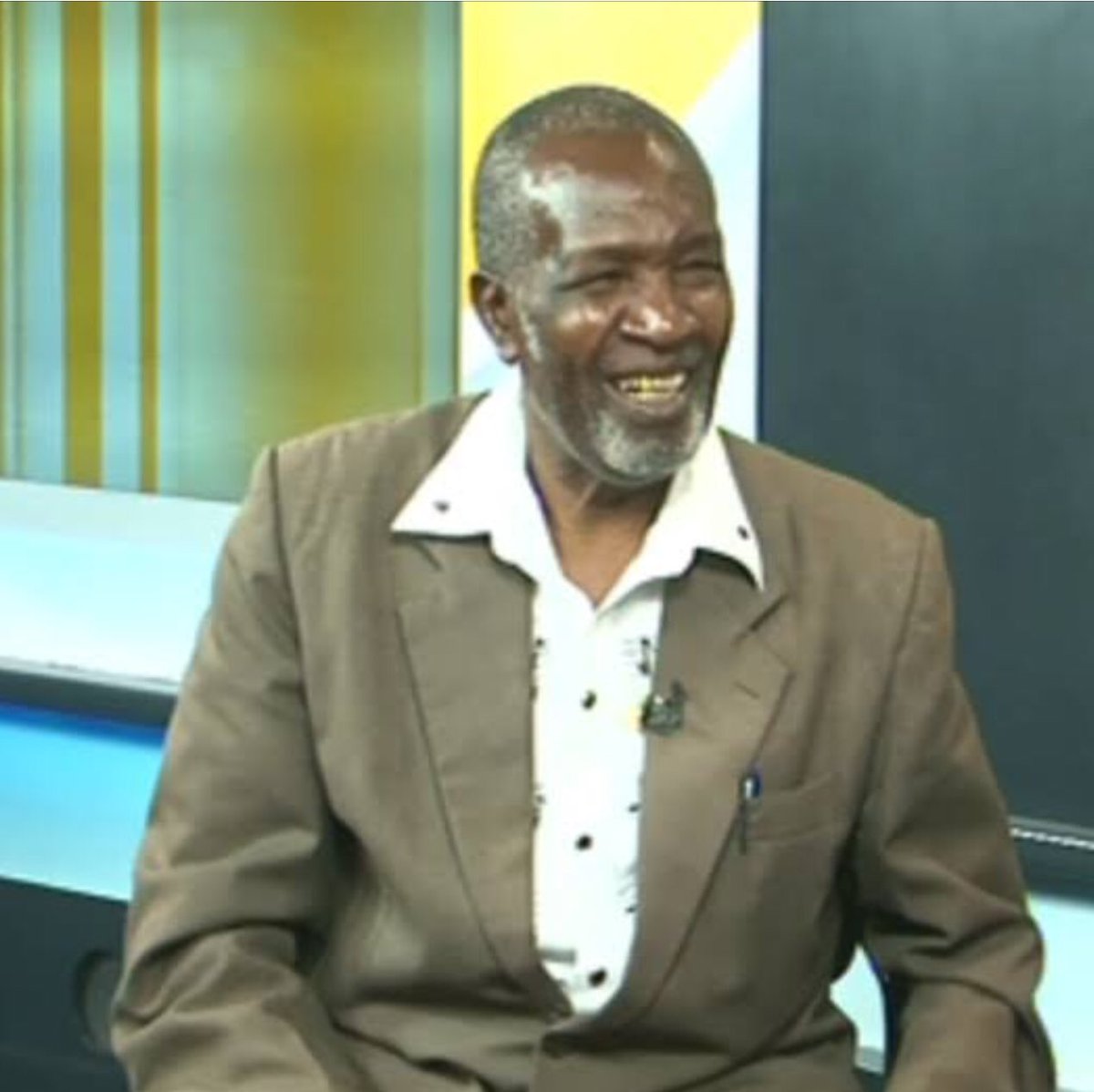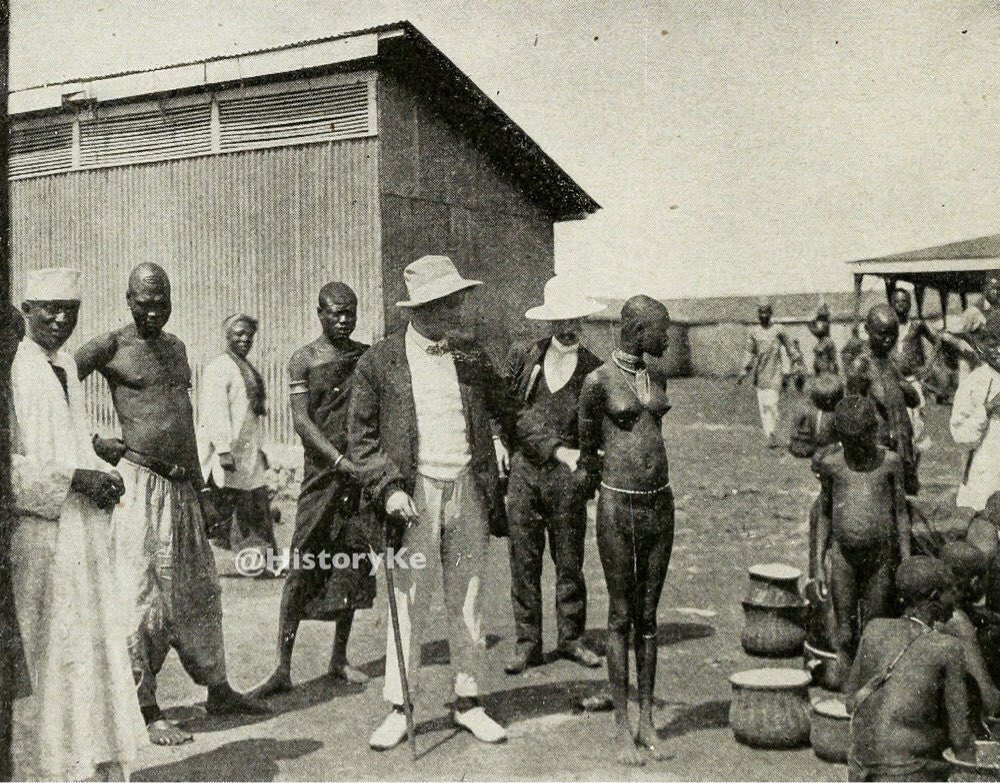1/22 #HistoryKeThread: The Luo Of 1909 As Observed And Recorded By American “Tourists” 

2/22 Earlier in the week, I made reference to author Peter Macqueen’s book, “In wildest Africa, the record of hunting and exploration trip through Uganda, Victoria Nyanza, the Kilimanjaro region and British East Africa”.
3/22 MacQueen had toured then British East Africa on the urging of his namesake and New Yorkan, Peter Dutkevich, who accompanied him on the adventure.
4/22 In MacQueen’s book, he ascribes many of the photos taken to Dutkevich. The duo spent some time living among the “Kavirondo”, which was the term used to refer to the Luo community of Lake Victoria.
5/22 MacQueen made observations about betrothal rites among the Luo, and how marriage life was like especially for wazee who had multiple wives. This is what he noted on 14th January 1909:
6/22 “Adorned with a crown of ostrich feathers and smeared with grease and lamp black to look blacker than his skin really is, a Kavirondo bridegroom rode through the village today, naked on a cow, which he is to present his bride. The belles of the village... 

7/22 ...accompany him to the house of his future wife. Women as a rule smear themselves with hippopotamus fat, all over, before putting on a fine finish of lamp black. An unmarried man has no standing among these people, and, therefore, when the day comes for... 

8/22 ...him to step into the bonds of matrimony he is overcome with pride and happiness....”
9/22 In the book, MacQueen also spoke in flattering terms about the sense of industry among African women, and about how “the husband loafs about and if he is not a chief, decorates himself all over as if he were one....”
10/22 He wrote on:
11/22 “Here these women walk through the papyrus swamps (of Victoria Nyanza, I suppose) in the early morning, coming after 

12/22 drinkable water in the open lake. Sometimes a crocodile snaps one of them away to feast upon her at the bottom of the lake....”
13/22 The author also described the pipe-smoking ways of the “pretty-faced Kavirondo fair sex”. This, clearly, was widely practiced as several authors of the early 20th century have made reference to the practice among Kavirondo women. 

14/22 But there was something else that MacQueen wrote down on the same 14th day of January, 1909. It was about an incident that had taken place whilst he and Dutkevich camped among the Kavirondo. Excerpts:
15/22 “A cure was administered today by the village witch, with her assistants, to a poor woman who was suddenly attacked with stomach cramps caused by excess in eating of a relation's dead body. The scarcity of wild animal life, the enormous density of the...
16/22 ...population and their fondness for meat may account for the horrible custom of devouring their own dead....
17/22 ....when camping in their villages, I sometimes heard, in the middle of the night, yells of pain as if someone were dying. Next day I would be told that a native had died; but the dead man was gone; no funeral; no burial place anywhere. They had devoured..
18/22 ...his body as soon as he was dead. They hide their repulsive custom of eating their own dead; don’t do it openly in broad daylight....”
19/22 Although references exist about cannibalistic practices among communities found in modern day western Uganda, and others among some Kenyan communities such as the Galla (said to be Oromos), there does not seem to be much evidence about the practice of...
21/22 The same book makes references to other encounters that MacQueen and European explorers to Eastern Africa just before him had with cannibalistic communities, many of them found in present-day Congo and Uganda.
22/22 Some of the photos here were taken by Peter Dutkewich.
• • •
Missing some Tweet in this thread? You can try to
force a refresh














